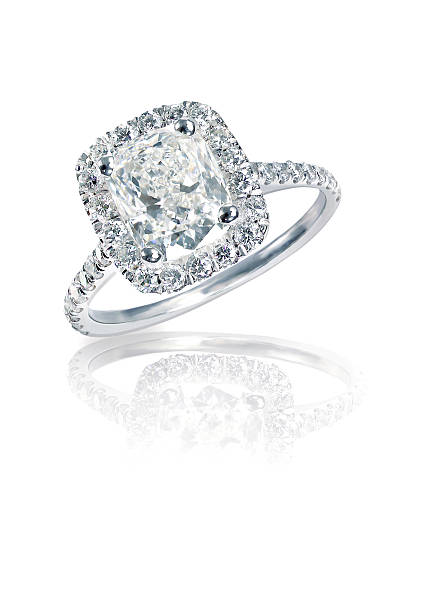Exploring Diamond Color Variations All Entries

Even though the most valuable diamonds are colorless, there's still a demand for diamond color variations. Not everyone, of course, buys jewelry simply for its price tag or resale value. Some people simply appreciate the wide spectrum of colors delivered by nature.
Color Range of Diamonds
Natural diamonds span a broad range of colors including white, gray and black, as well as blue, green, yellow, orange, red, violet, purple and brown. The most commonly found diamonds in nature are yellow or brown while the rarest are red, pink, orange, green, blue and violet.
Sometimes white diamonds appear to be translucent due to multiple reflective inclusions that restrict the passage of light. Not much light passes through a black diamond either due to the high density of mineral inclusions and fractured surfaces. Defects can cause color variations in diamonds, causing light to be absorbed differently than in diamonds with pure hues.
The intensity of color is a key factor that differentiates two diamonds of a similar hue. If you see hues or tones in the face-up position, the gem is considered a colored diamond. The range of diamond color intensity spans from "very light" to "vivid."
Fancy Color Diamonds
While colorless stones are the rarest and most valuable types of diamonds on the market, other rare precious stones include fancy color diamonds that exist beyond normal hues. These rarities may include saturated pink, blue, orange, red, violet or green, as even slight differences in hue, tone or saturation can affect the value.
Yellow is often perceived as a beautiful diamond color due to its association with brightness and fire. It also matches well with a gold ring. Red, which is often considered the most vibrant color in various color pyschology studies, is extremely rare and valuable in the diamond world. Mixing yellow and red with any other color often creates incredible luster and fire in a gem.
Brilliance, Luster, and Fire
Three technical and often misused terms relating to gem appearance are brilliance, luster, and fire. Each of these reflective conditions can affect how gem color is perceived. Brilliance is a measure of the light relected inside the gem with transparency being the most brilliant. Luster measures light on the surface while fire refers to how the gem's structure splits light into spectral colors.
Lab Colors
Not everyone can afford expensive rare diamonds, so many people turn to synthetic gems created in laboratories. This trend has accelerated this century, coinciding with volatile economics. Synthetic diamonds give you a broader menu of color choices without worrying about breaking the bank.
Understanding diamond color variations is essential to becoming a collector or investor in jewelry. Contact us at Diamond Buyers of Arizona to learn more about the wide range of options available for diamonds or other jewels. We work on a global level at bringing buyers and sellers together to help you realize your dreams.